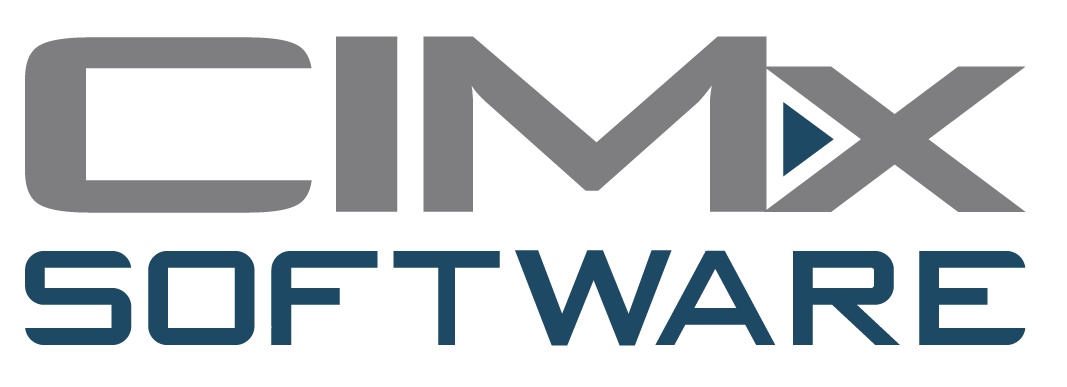How to Start an MES Project without a Budget
Companies without a specific budget for paperless manufacturing end up living with shop floor inefficiencies for no reason. There are steps you can...

We talked about the recent Notice to Air Missions system (NOTAM) failure that hit the airline industry earlier in January. NOTAM is a communication tool for pilots – not as critical as the guidance that they get from the traffic control tower, but an important line of communication for safety. In your shop, it’s the system that tells you everything you need to know to run smoothly but does not require you to take immediate action. This is not the “on fire” notification; it’s telling you what needs to happen when and warning you of possible items of concern.
How do you get the information you need to run your shop? How quickly does it get to you and how reliable is it? Can you count on it reliably to help you make decisions and solve problems? This is where the “not urgent” may become urgent because you don’t have access to what you need to get your work done.
Recent news articles about the NOTAM failure talk about a contractor removing a data file that they weren’t supposed to. And it was not just that this particular person should not have performed the action but that the system(s) that were in place shouldn’t have allowed it to happen. So how does that work? How did this fail in two stages?
If you do not have a digital tool to manage your shop floor, you are likely using the programs you have already on your desktop – the Microsoft suite and some kind of financial package or ordering system. These systems have few fail safes for the protection of your files.
True system protection must be naturally built into the product. A system that keeps copies and restricts access where it needs to be restricted while allowing free use where it should be granted is the only way to truly control your production information.
Grounding a flight has immediate consequences. The average cost of keeping an airline on the ground is more than lost revenue. As airplanes are too expensive to purchase outright, many airlines lease them. In 2015, this reporter calculated the daily cost of a leased aircraft at $17,100 per day. I’ve seen costs of $100,000 to $300,000 per month more recently – much more reasonably priced at somewhere between $3,000 and $10,000 per day.
Keeping an airline on the ground goes beyond just revenue losses from lack of airtime. Those lease costs neither stop nor slow down due to weather or issues. Like your own inventory sitting on shelves, there is no income being generated by that aircraft for the airlines, yet the daily costs do not adjust.
Calculating the cost of an error is difficult and not very cost-effective. If you have a system that can calculate those for you, that’s one thing, but paying someone to keep track of it for you is just throwing good money after bad. You’ve already paid for the results of the failures; now you’re paying to calculate what the failures cost you. There are much better uses of your people.
You need a system to help you do your work. One that’s flexible enough to move with you as you change and grow. That same system must, however, have all the protective measures of a true fail-safe system. It should only allow changes where you have said they are acceptable and only by people whom you have tasked with that responsibility. Otherwise, your system should be off-limits.
If you currently run your shop using the desktop tools we talked about last time, there are things you can do to help you manage the files that prevent some errors and mistakes. You can introduce a culture of repeatable processes with double-checks. More than 10 years ago, The Checklist Manifesto brought to light the habits that airline pilots used (coming full circle to the industry that got us talking). Their incessant checklists and the habit they made of running through them from top to bottom – without fail – helped to establish an entire cultural shift around the importance of double-checking your work to a written standard.
There are some strong lessons there for those of you using paper and PC tools to run your shop.

Companies without a specific budget for paperless manufacturing end up living with shop floor inefficiencies for no reason. There are steps you can...

2018 Advanced Manufacturing Technology Show Series | 2 of 6 Software is like a roommate. It is part of your life, your processes and your work. It...

You go to the morning meeting and you hear the stats. The team tells you everything’s on track. You see the board. You note the dials. They all look...